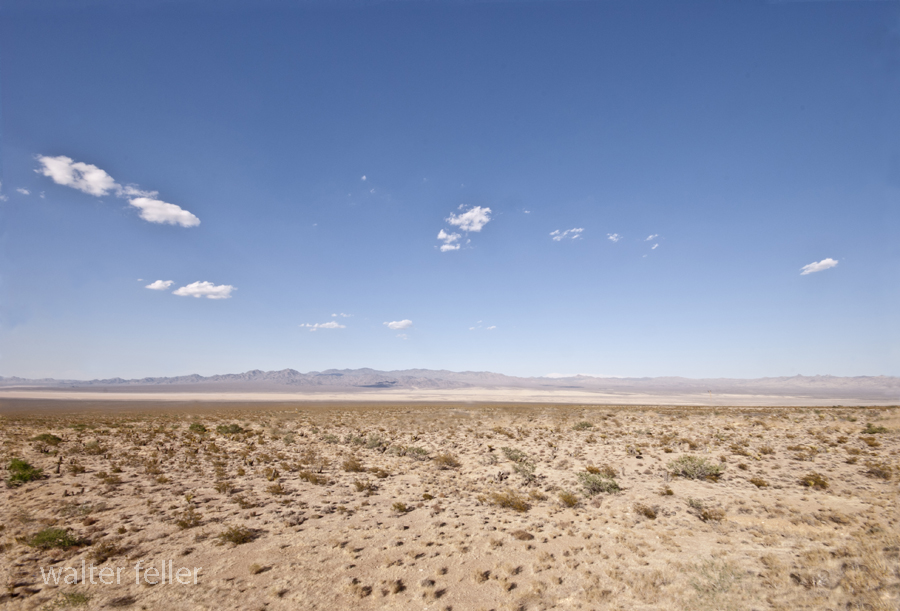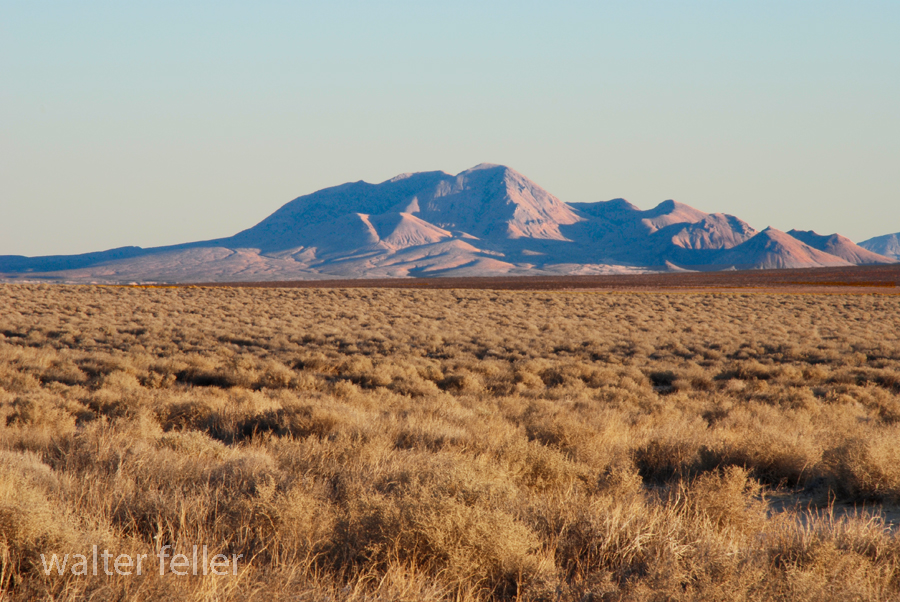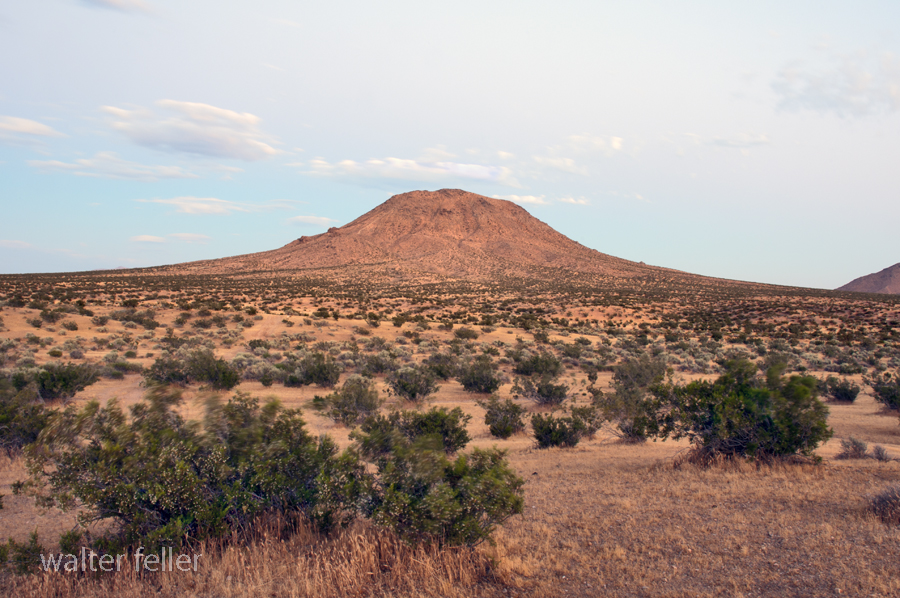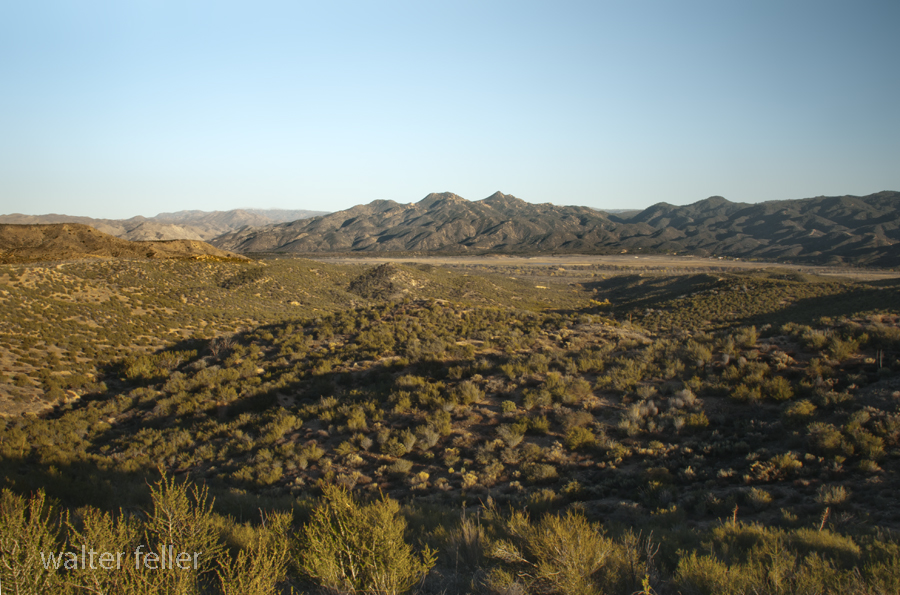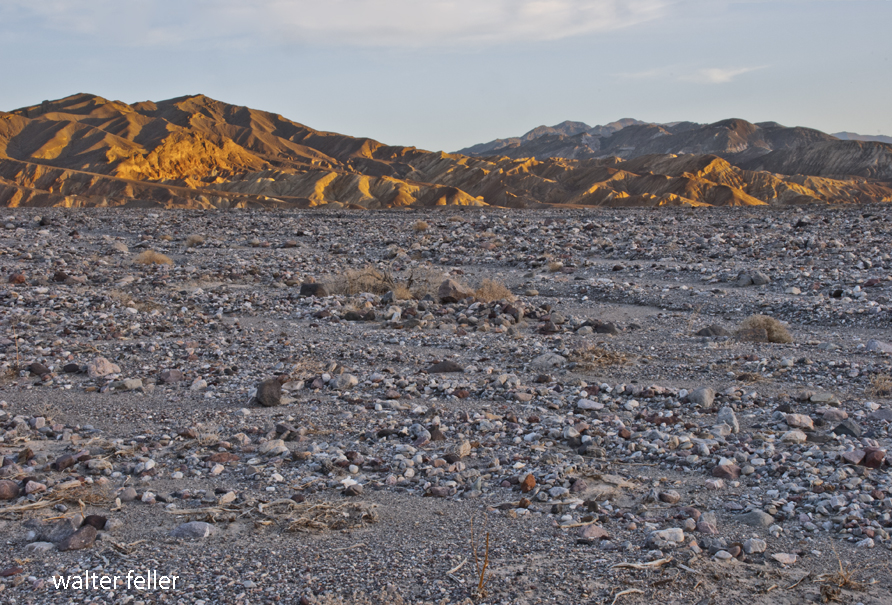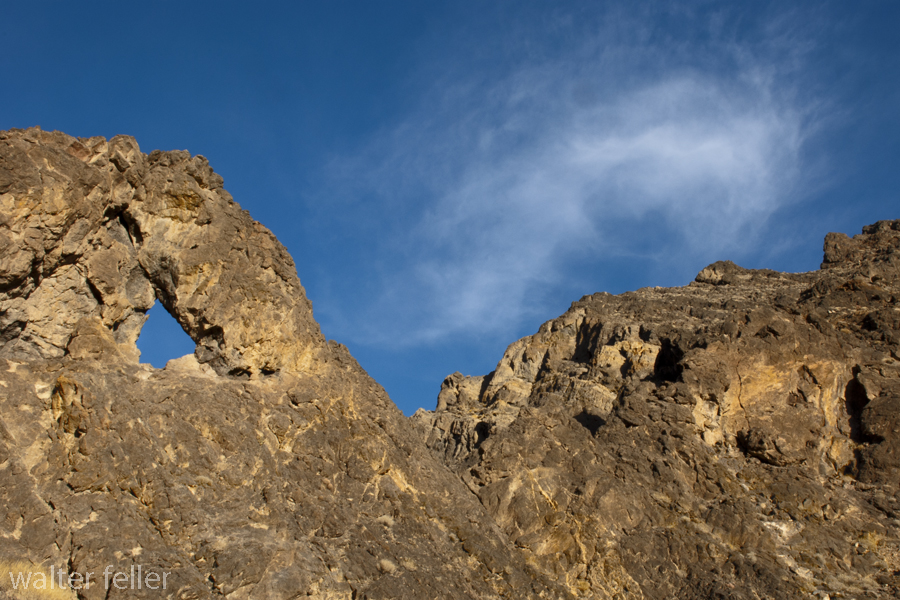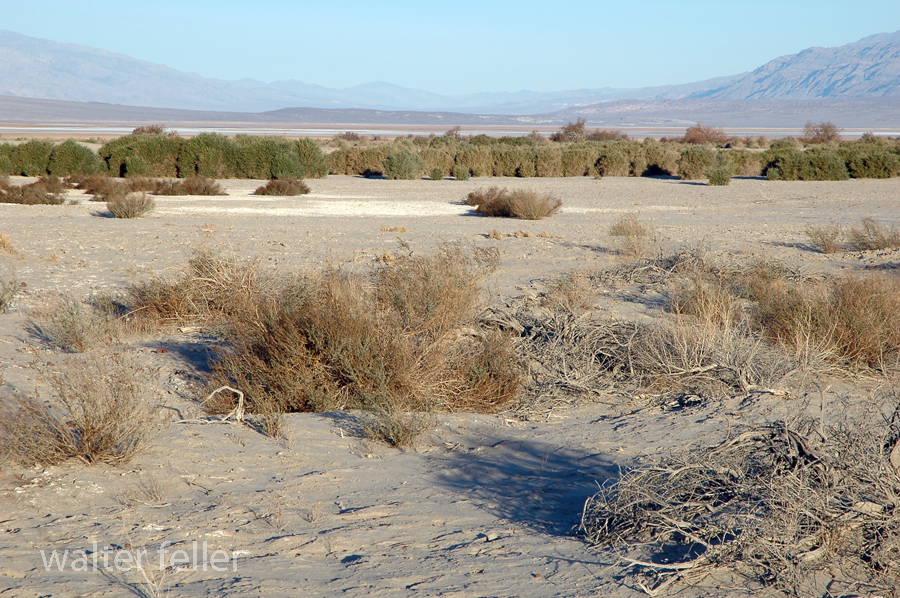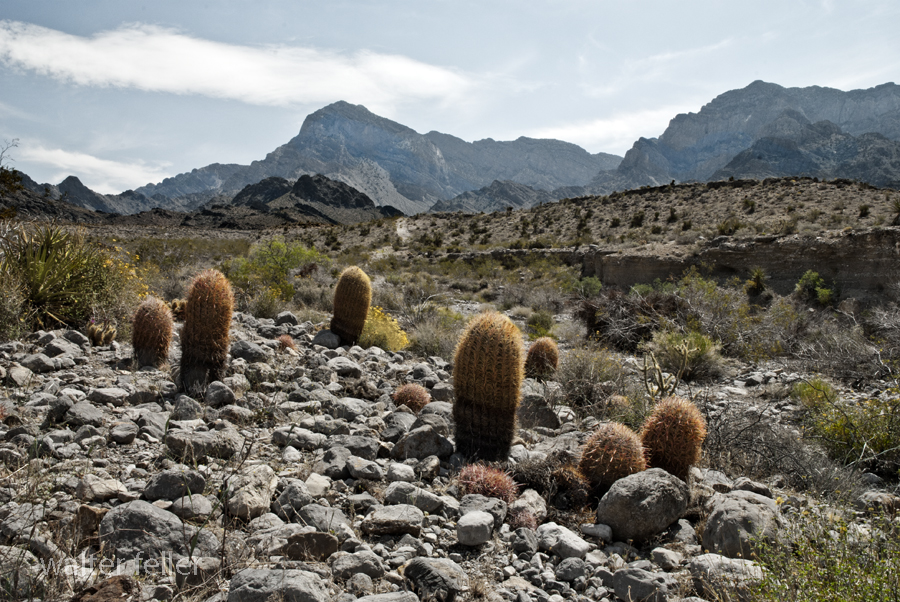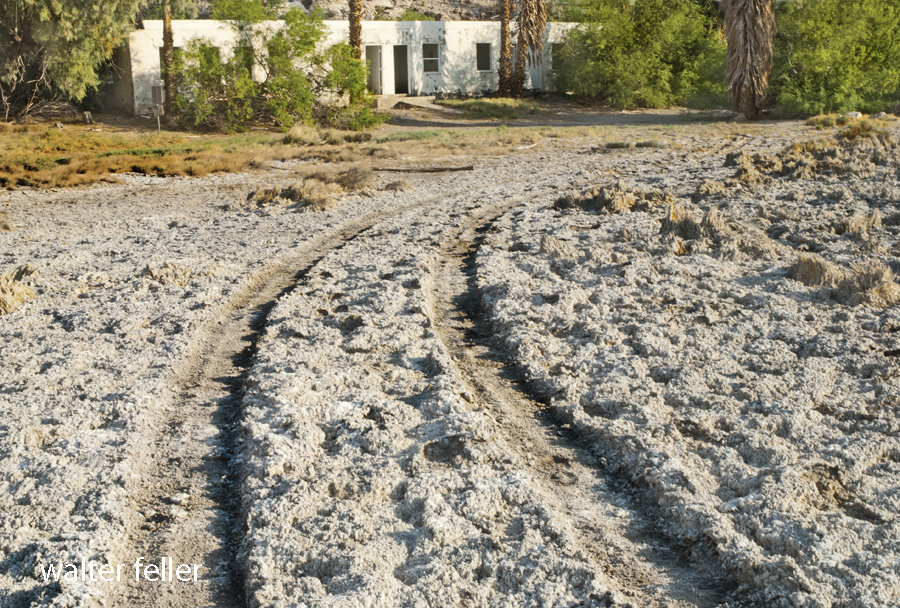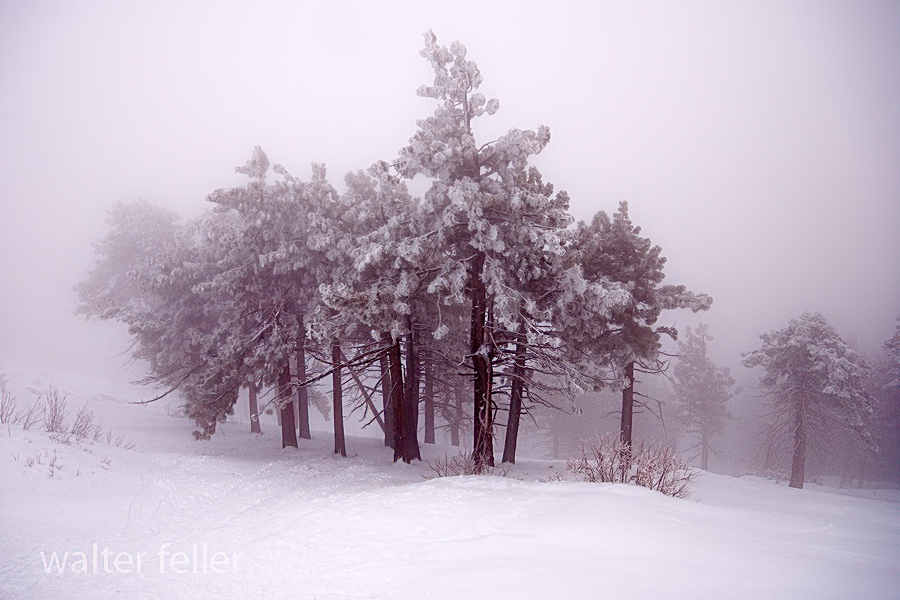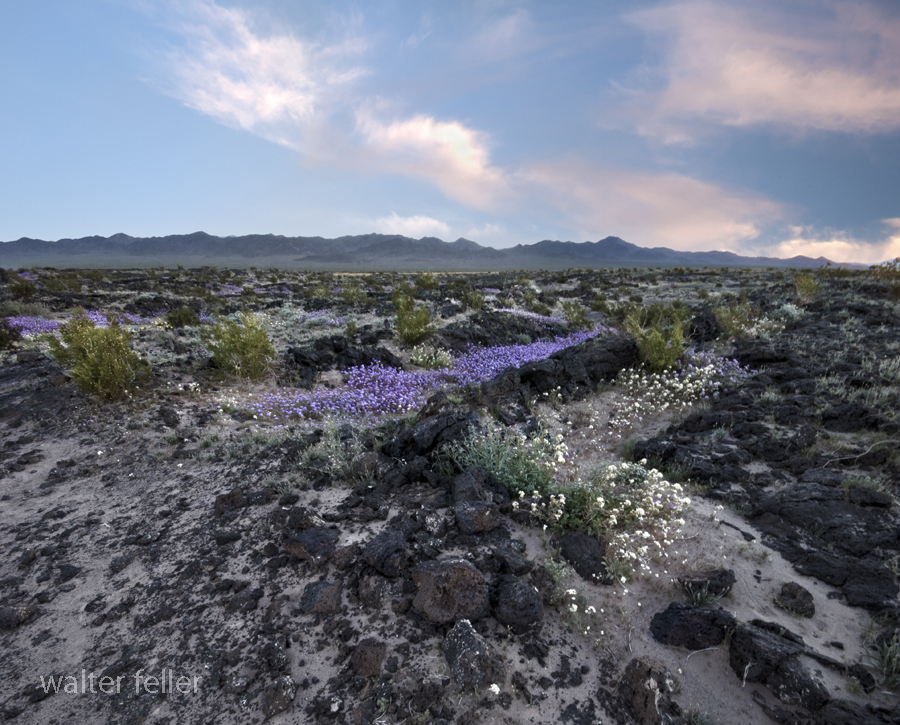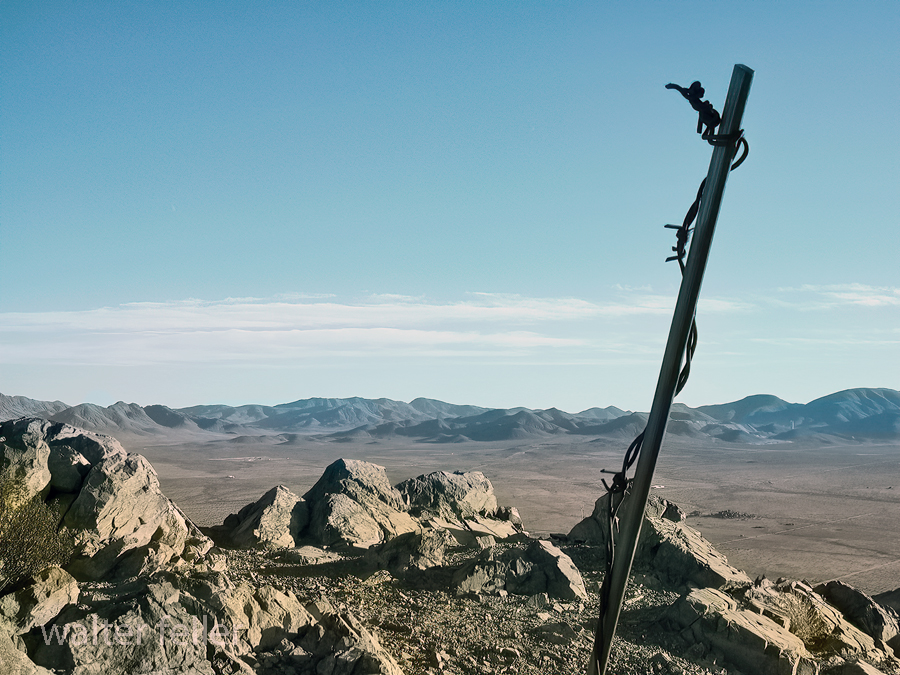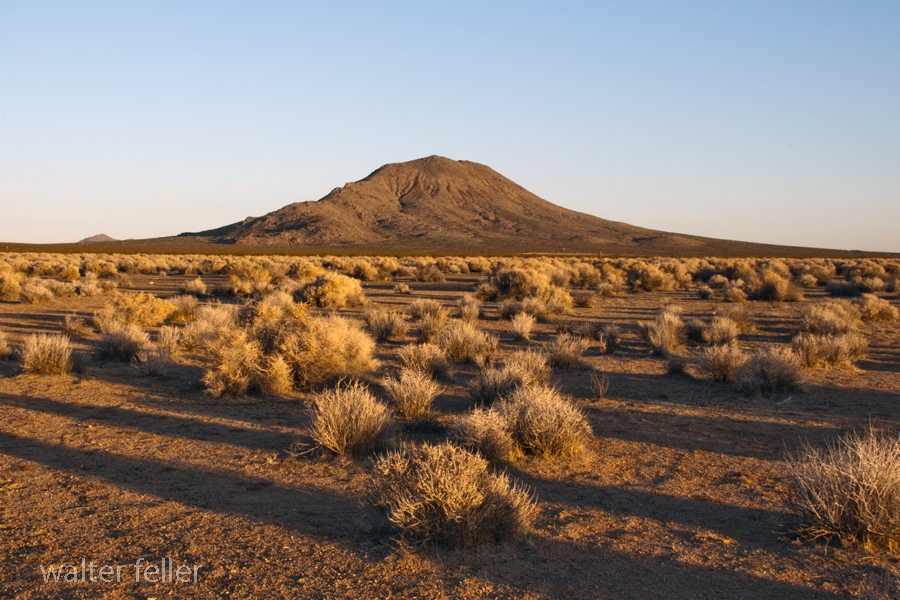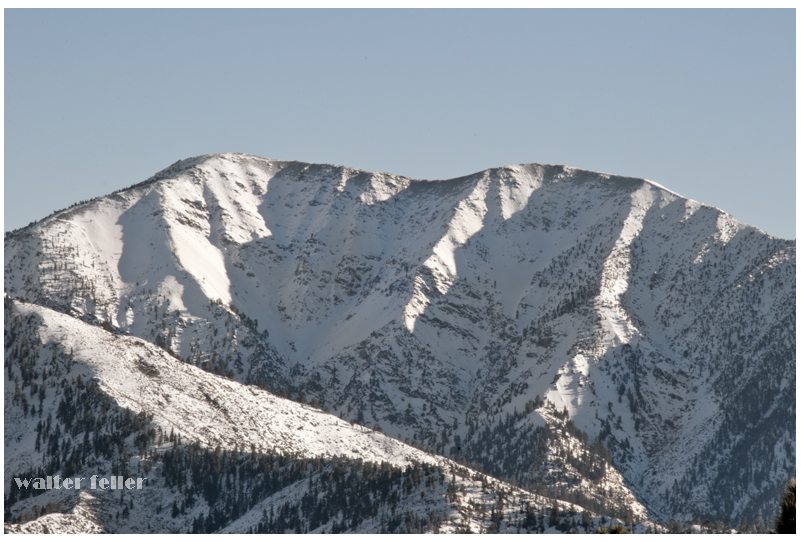
Snow is one of nature’s most captivating occurrences, turning landscapes into winter wonderlands. Have you ever wondered why snowfall occurs? Let’s discover the icy world of snow and understand how it forms.
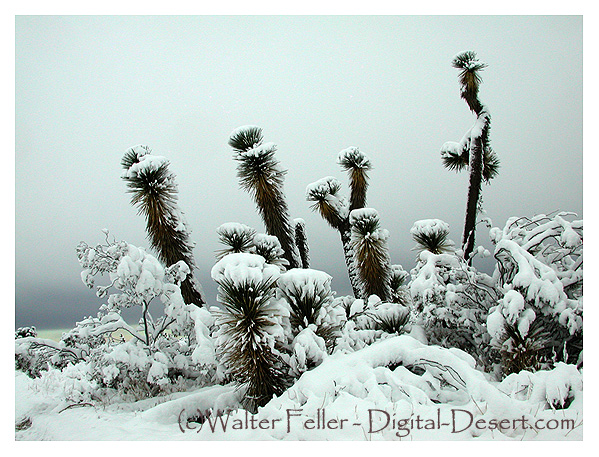
It must be Cold
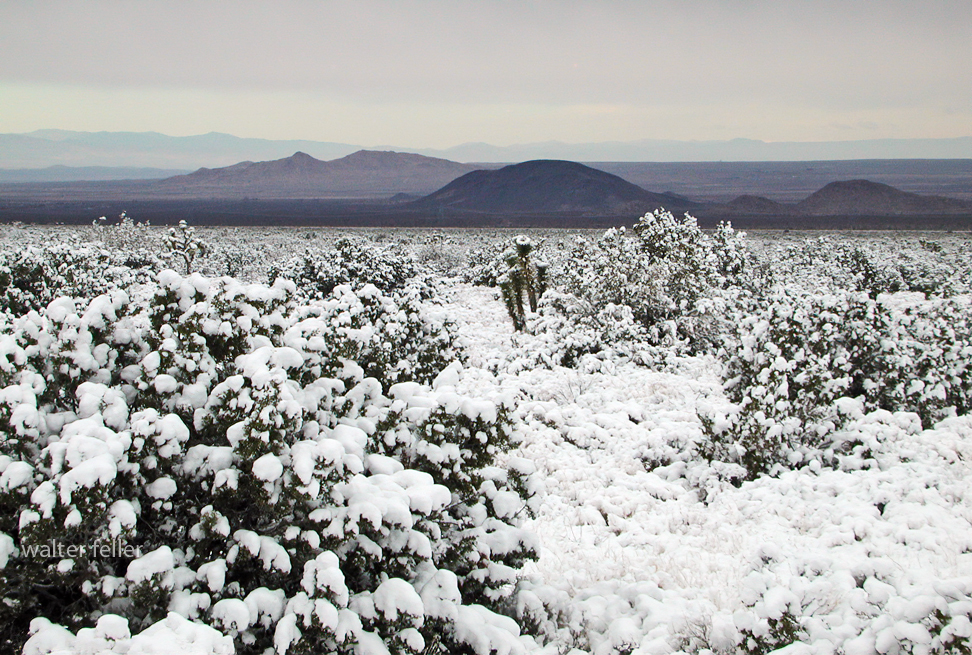
In order for snow to form, the temperature needs to be cold, particularly below freezing (32°F or 0°C). When the atmosphere freezes, moisture can change into ice without going through the liquid stage. The process of making snow starts with this important initial stage. Cold temperatures act like a natural freezer, providing the right environment for water to transform into ice crystals.
Humidity in the Atmosphere
Despite being invisible, water vapor is constantly present in the air. The moisture originates from lakes, oceans, rivers, and even plants. As moist air rises into the atmosphere, it loses heat and becomes cooler. The reduced ability of colder air to hold water vapor causes the vapor to condense into tiny droplets, eventually forming clouds.
Cloud formation
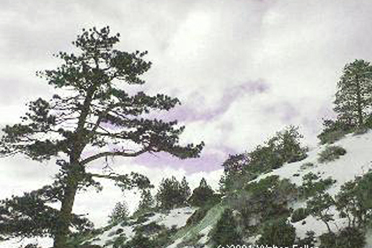
Clouds are primarily made up of tiny water droplets or ice particles. When the air temperature cools enough within these clouds, the water droplets freeze and change into ice crystals, forming the basis of snowflakes. Ice crystals in clouds collide, stick together, and grow in size, forming intricate snowflake patterns.
When Snowflakes Fall

When the snowflakes become thick, they start falling from the clouds. While descending, they pass through different layers of the atmosphere. If the temperature by the surface is freezing, the snowflakes stay whole and fall as snow. If the temperature is warmer near the surface, snowflakes may melt and change into rain or sleet before reaching the ground.
Snow
Different forms of snow can occur based on the temperature and moisture content in the atmosphere. During extreme cold, snow becomes light and airy, ideal for creating snow angels and skiing. When the temperature gets closer to freezing, the snow becomes more moist and dense, perfect for making snowmen and having snowball fights.
Summary
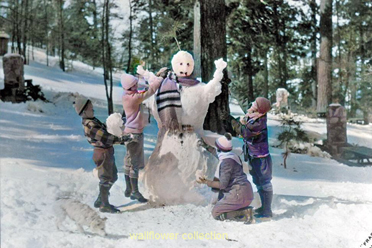
Snow is an intriguing outcome of low temperatures, moisture, and cloud movements. It starts with chilled air turning water vapor into ice crystals. The snowflakes are made of crystals, creating a white blanket when they fall to the ground. Snow creates happiness and thrill, transforming the world into a winter wonderland of leisure pursuits. The next time you witness snowflakes descending, remember nature’s process of mixing cold and moisture to form a magical winter scene!

